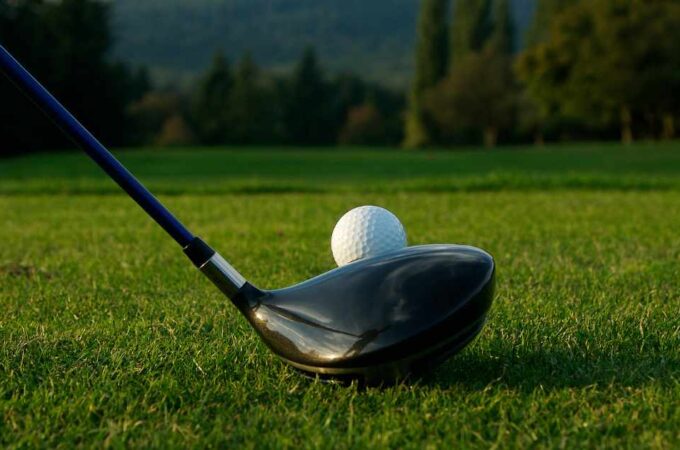
Learn How To Date A Bullseye Putter A Comprehensive Guide
Table of Contents
ToggleMastering the Art of Dating a Bullseye Putter: A Comprehensive Guide
Understanding the Bullseye Putter
The Bullseye putter has a rich history that dates back to the mid-20th century. Originally designed by golf club manufacturer John Reuter Jr., this putter gained popularity for its distinctive circular alignment aid – the bullseye. Over the years, various iterations of the Bullseye putter have been produced, each with its own nuances and improvements.
Identifying Bullseye Putter Models
To date a Bullseye putter accurately, it’s crucial to be familiar with the different models produced over the years. Common variations include the Original Bullseye, the later flange version, and the heel-shafted Bulls Eye.
Original Bullseye
Produced in the 1960s, this model features a solid brass construction and a circular bullseye alignment aid. The early versions are characterized by a smooth sole, while later models may have milling patterns.
Flange Bullseye
The flange version emerged in the 1970s, introducing a flange on the back of the putter head. This modification aimed to enhance stability and forgiveness during the putting stroke.
Heel-Shafted Bulls Eye
This variant, produced in the 1980s, shifted the shaft attachment closer to the heel, altering the balance and feel of the putter. Identifying these features will help you determine the approximate manufacturing era.
Checking Serial Numbers and Markings
Many Bullseye putters have serial numbers or other markings that can assist in dating them. These numbers are typically located on the hosel or the heel of the putter. Consulting manufacturer records or online resources specific to Bullseye putters can provide additional insights into the production date.
Maintaining and Restoring Your Bullseye Putter
Proper care is essential to keep your Bullseye putter in optimal condition. Regular cleaning, polishing, and re-gripping can extend its lifespan. If you’re considering restoring an older model, consult with a professional clubmaker or restoration expert to preserve its authenticity.
Mastering the Putting Stroke
Dating a Bullseye putter is not just about its age – it’s also about understanding its feel and responsiveness on the greens. Spend time practicing your putting stroke to develop a symbiotic relationship with your Bullseye putter. Experiment with different grip styles and stances to find what works best for you.
FAQs
How can I identify the model of my Bullseye putter?
To identify the model of your Bullseye putter, examine key features such as the presence of a flange, the location of the shaft attachment (heel or center), and any milling patterns on the sole. Additionally, check for serial numbers or markings on the hosel or heel, which can provide insights into its specific model and manufacturing era.
Are there different variations of the Bullseye putter, and how do they affect performance?
Yes, there are several variations of the Bullseye putter. The Original Bullseye, with a smooth sole, was produced in the 1960s, while the Flange Bullseye in the 1970s introduced a flange for improved stability. The Heel-Shafted Bulls Eye from the 1980s shifted the shaft attachment closer to the heel. These variations can impact feel and balance, so understanding the specific model can help tailor your putting experience.
Is there a way to date my Bullseye putter without manufacturer records?
While manufacturer records can be helpful, you can also date your Bullseye putter by examining its characteristics and comparing them to known timelines of production changes. Online resources and collector forums often provide valuable information about the evolution of Bullseye putters. Additionally, look for any unique features, milling patterns, or markings on the putter itself, as these can offer clues about its manufacturing era.
Final Thought
Dating a Bullseye putter is a journey that combines historical appreciation with on-course performance. By understanding the various models, checking serial numbers, and mastering your putting stroke, you can forge a lasting connection with this iconic golf club. Whether you’re a seasoned golfer or a newcomer to the game, the Bullseye putter offers a timeless and reliable companion on the greens.





